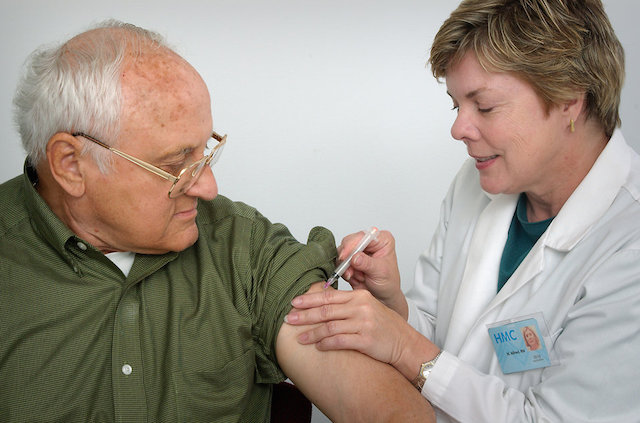A new test can identify virtually any virus that affects humans and animals and will allow doctors to quickly diagnose diseases they weren’t even looking for.
The test, called ViroCap, can identify the culprit easily because it sequences DNA and RNA from 34 different families of organisms representing tens of thousands of viruses.
Scientists Find Way to Turn Cancer Back Into Healthy Tissue in Lab
Even if two viruses are genetically similar, the test can distinguish between them.
Initial testing of Virocap shows it was 52% more accurate at detecting viruses than the current Polymerase Chain Reaction (PCR) test doctors rely on.
“With this test, you don’t have to know what you’re looking for,” Dr. Gregory Storch, lead author of the study, said. “It casts a broad net and can efficiently detect viruses that are present at very low levels.”
Researchers at Washington University in St. Louis, Missouri developed the ViroCap and began testing it by setting up two panels of patients and comparing results from the two diagnostic methods.
Blood Cells “Retrained” to Destroy Cancer, Lead Again to Full Remission
In the first panel, the PCR test identified viruses in 10 of 14 patients, but ViroCap found the viruses in the other four. All were viruses that are commonly missed by the current test, such as those that cause seasonal flu, chickenpox, and cold sores.
In the second panel, the scientists compared the two tests on eight children. The current PCR test identified 11 viruses, but ViroCap discovered seven more viruses.
The research was funded by the National Institute of Allergy and Infectious Diseases at the National Institutes of Health (NIH), and the results were published in the September edition of the online journal Genome Research.
New Vaccine Virtually Scratches Shingles Off Your List of Worries
The kit won’t be clinically available until the scientists conduct more research on its accuracy, but, until then, they are giving away the technology to other researchers so they can start using it to study viruses in the laboratory.
(Photo by U.S. NIH)
Help This News Go Viral–Share It…




















